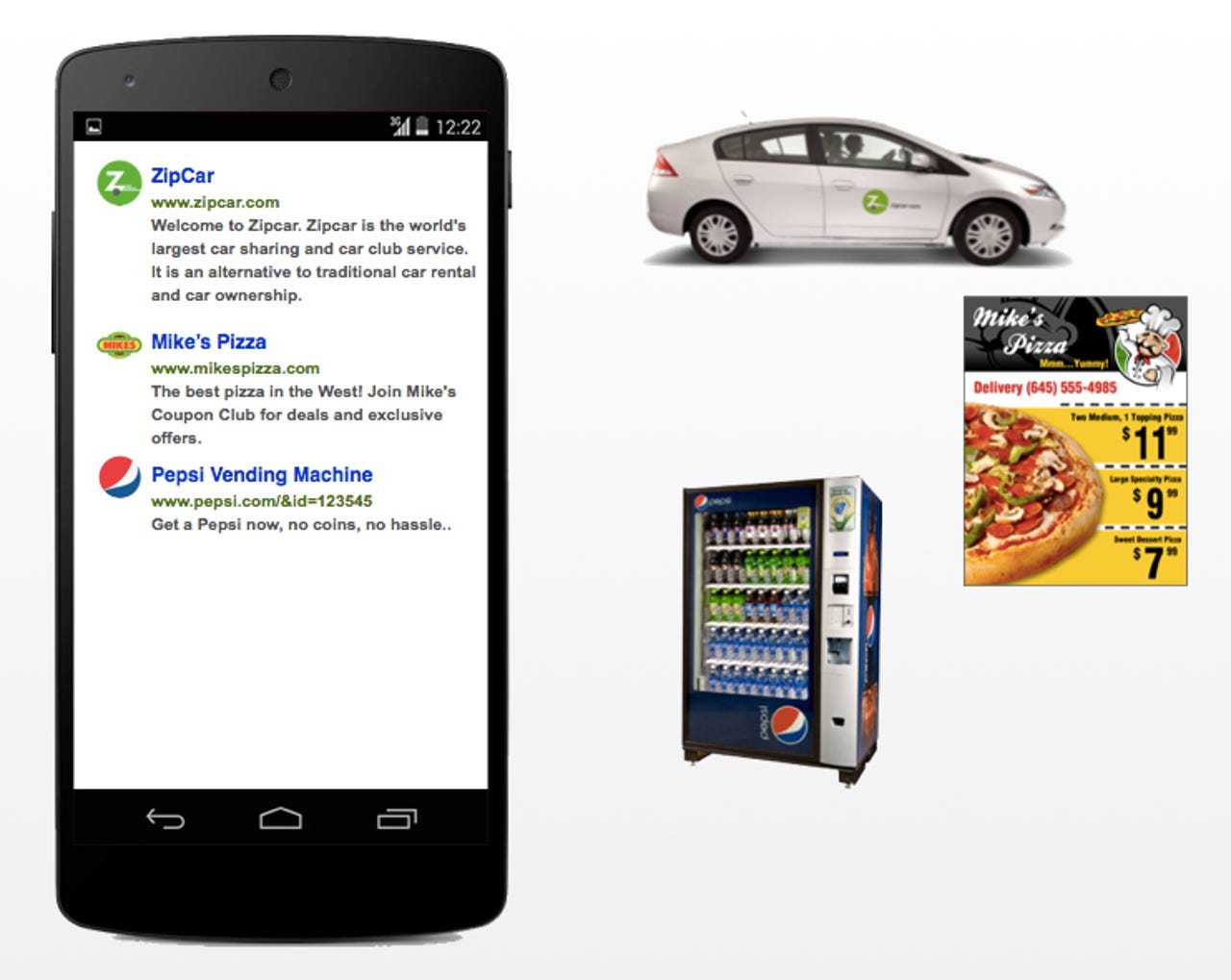Google's 'Physical Web' project looks to inject Internet of Things with more search


A new open standards project by Google called 'Physical Web' aims to make the experience of navigating the Internet of Things (IoT) in the future much like searching the web today.
If predictions from Gartner and Cisco are right, there will be somewhere between 20 billion to 50 billion active IoT devices on earth by 2020, with consumers able to interact with a significant proportion of those via their smartphones or wearables devices.
Google UX designer and Chrome team member Scott Jenson reckons that relying solely on apps to connect with every new IoT device (vending machines or parking meters, for example) will be impractical and he's proposed a more web-like approach "that lets anyone interact with any device at any time" — much like using a browser and search engine to explore the web, rather than a single purpose app.
"The Physical Web isn't about replacing native apps: it's about enabling interaction when native apps just aren't practical," Jenson writes on the project's page.
The gist of the idea to create a "discovery service" by giving each smart device a URL that, with the help of Bluetooth Low Energy chips, broadcasts messages to nearby devices in the form of a web page with a snippet of information, a full interactive web page, or a deep link into a native app.
"Once any smart device can have a web address, the entire overhead of an app seems a bit backward," he adds.
Use cases include when a bus stop tells you the next bus arrival and stores that can offer shoppers an online experience when they walk in.
"People should be able to walk up to any smart device: eg a vending machine, a poster, a toy, a bus stop, a rental car, and not have to download an app first in order to use it. The user experience of using smart devices should be much like we use links on web, just tap and use."
Ironically, Jenson's first implementation of the Physical Web is an app — but, a la Google Now on Android, one that "tries not to feel like an app" and works in the background, silently monitoring beacons that users can interact with as they pass by.
Like Apple's iBeacon, the project currently uses Bluetooth Low Energy to broadcast a device's URL because it's widely supported in smartphones today, though the project is open to other methods.
Unlike Apple's system, the core principle of Physical Web is "no proactive notifications" because "push notifications in general are too easily abused". Rather it will provide a list — perhaps one curated based on past preferences.
"The phone agent can sort by both signal strength as well as personal preference and history, among many other possible factors," Jenson notes in the documentation.
Currently the project has an Android and iOS app, but it's welcoming anyone to port it to other platforms.